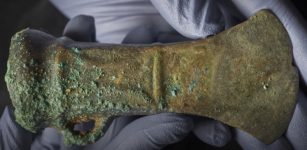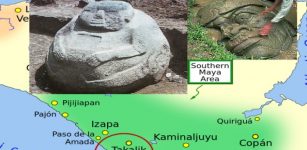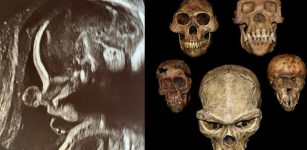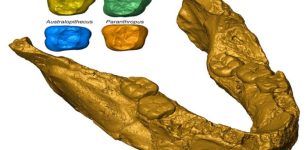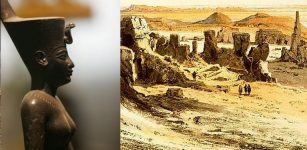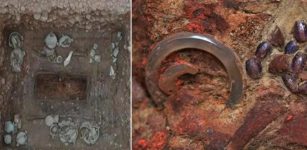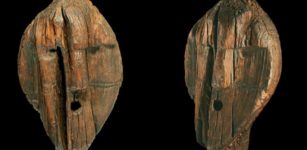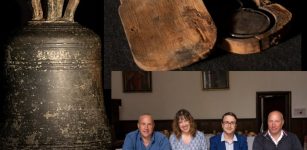New System Will Give Stone Age Skeletons And Mummies Unique Names
Jan Bartek - AncientPages.com - When we discuss the Stone Age today, we often highlight the personal stories of individuals, such as the renowned glacier man "Ötzi." This focus is made possible by cutting-edge scientific methods in archaeology that breathe life into human remains from that era.
Although we cannot know the actual names of Stone Age skeletons and mummies due to the absence of written records from that time, it raises an interesting question: Should we assign personal names to these prehistoric human remains alongside their find numbers? And if so, what names would be fitting?
Credit: Pixabay - Randgruppe - Public Domain
A linguist and two archaeologists conducted an extensive online survey to explore this intriguing idea. Their efforts are truly admirable as they seek to deepen our connection with our ancient ancestors.
As Prof. Dr. Christina Sanchez-Stockhammer, Professor of English and Digital Linguistics at Chemnitz University of Technology, pointed out, archaeologists usually only use numbers to refer to Stone Age human finds. However, people usually have names because that's part of being human.
"Around two thirds of the 319 respondents, who came from different backgrounds and age groups, liked the current system, but even slightly more were in favor of assigning names," says Prof. Dr. Philipp W. Stockhammer, Professor of Prehistoric Archaeology at LMU Munich. The survey results are published in Beiträge zur Namenforschung.
German names already in use for early human finds, like "Ippsi" or "Kilti," commonly follow the pattern provided by the famous glacier man "Ötzi."
"However, many of our interviewees rejected such belittling forms based on the first syllable of the place of discovery as disrespectful," says Dr. Kerstin P. Hofmann, First Director of the Romano-Germanic Commission of the German Archaeological Institute in Frankfurt am Main.
The "Ötzi principle" has indeed proven valuable, but it does encounter limitations when multiple names are required for the same site. In response, researchers have ingeniously developed a more comprehensive system. By merging the first syllable of a site name (such as "Haunstetten") with various traditional German name endings, they crafted unique personal names like "Hauna," "Haunrid," and "Haunika." Impressively, most survey participants felt these names sounded like plausible human names or even familiar ones. This creative approach is truly commendable and highlights the innovative spirit of the research team.
"This is a very nice result, because it means that in the future, our system can support the search for names for prehistoric human finds," say the three researchers, who also tested the names' associations regarding age and gender. But there was also a surprise: when asked to list their favorite names, most participants chose "Hauni"—and thus a pet name after all.
The study was published in the journal Beiträge zur Namenforschung
Written by Jan Bartek - AncientPages.com Staff Writer


